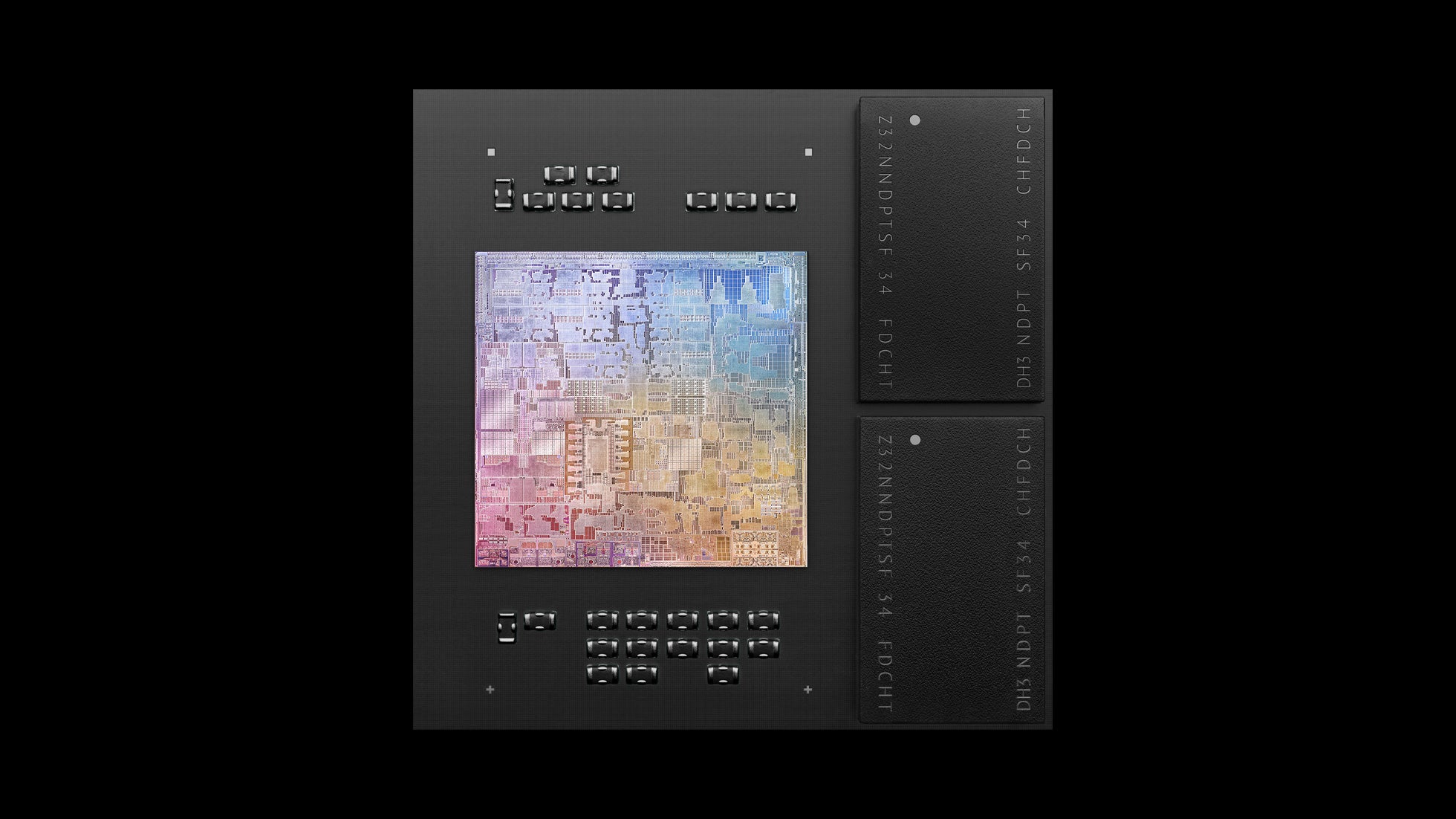
Apple has unveiled the M1 chip, the tech giant’s first in-house processor that will power its future Mac computers.
Based on command instructions developed by UK semiconductor firm Arm, the M1 chip marks a step-change for Apple.
Since 2006, Apple has relied on processors made by Intel for its Macs but in June this year Apple revealed its plan to transition its Macs to its own processors, known as Apple Silicon.
The company did not go into specific detail then, but on Tuesday during its ‘One More Thing’ event it revealed the M1 specs and how it ties into Apple’s future product roadmap.
It will power three new Apple computers: the 13in MacBook Air, 13in MacBook Pro and Mac Mini. Each will operate the latest macOS, called Big Sur.
All three go on sale next week, with Apple planning to complete the transition of its entire product ecosystem to Apple Silicon over the next two years.
Apple said the M1 chip, which contains 16 billion transistors, is its highest-performance chip yet.
“There has never been a chip like M1, our breakthrough SoC [system on a chip] for the Mac. It builds on more than a decade of designing industry-leading chips for iPhone, iPad and Apple Watch, and ushers in a whole new era for the Mac,” said Johny Srouji, Apple’s senior vice president of Hardware Technologies.
The company claims the M1 offers up to 3.5 times faster CPU performance and up to 6 times faster GPU performance compared to its previous Macs.
Because multiple chips are combined into a single SoC, it does not have to copy between multiple pools of memory – boosting speed.
This will improve simple everyday performance, such as instantly waking from sleep mode.
It will also improve power efficiency for longer-lasting battery, Apple said.
The M1 will also bring Apple’s machine learning hardware, known as Neural Engine, to the Mac. The new architecture is capable of up to 11 trillion operations per second, Apple said, which results in a 15 times improvement in machine learning performance.
But the move to Apple Silicon is about more than performance for the world’s most valuable company.
Apple has already used its Arm-based chip design to power its iPhones and iPads, but the move to M1 processors for its Macs completely eliminates its dependency on Intel.
“By having its own silicon platform for Mac, Apple should be able to reduce the risk of being tied to Intel’s processor plans and its fabrication schedule,” said Wayne Lam, senior director of research at CCS Insight.
“Although Apple will now be reliant on TSMC or Samsung for manufacturing, the sheer number of chips already being made for Apple means it will likely have priority access to leading-edge nodes such as the 5-nanometer process being used for the A14 chips in the iPhone 12 and iPad Pro.”
Its own in-house design means that processors are created with Apple software in mind. With the M1, developers can create apps that work more easily across Apple’s product ecosystem.
That means all of Apple’s apps for the iPhone or iPad can now work universally on the Mac without making any modifications. However, developers will need to optimise their apps for iOS, such as modifying iPhone apps to work without using a touchscreen input.
This should help futureproof the macOS and give it full control over system architecture. Designing its own chips is also expected to be cheaper than purchasing off the shelf solutions from Intel, in addition to giving it a competitive edge over rivals purchasing Intel chips.
All of these factors should “provide advantages in performance, scale and cost” said Lam.
“We believe Apple will gain a lot of flexibility and agility when it comes to future products,” he added.
Apple M1: Not a risk-free bet
The new Macs come with 16GB of RAM, half the amount provided by its Intel predecessors. Some have raised concerns that this will impact performance for memory-intensive tasks, such as video editing.
The move to M1 isn’t risk-free for Apple, either.
“The move to Arm chips is not without risk. Microsoft is the blueprint for the potential and the pitfalls of introducing Arm to the PC market. It tried to force the move prematurely with Windows RT, but its tight collaboration with Qualcomm is finally bearing fruit,” said CCS Insight’s Lam.
“Apple’s vertical integration should make this an easier undertaking but there could still be difficulties and early teething problems.”
Compared to Apple’s other hardware, such as its iPhones and iPads, the Mac has underperformed. The M1 breathes new life into its oldest product line, with the Mac dating back to 1984.
“Apple’s end-to-end control of hardware and software is a big advantage and is likely to further the success of its silicon investments,” added Lam.
Read more: Apple 5G iPhone 12 highlights “appetite” for technology







